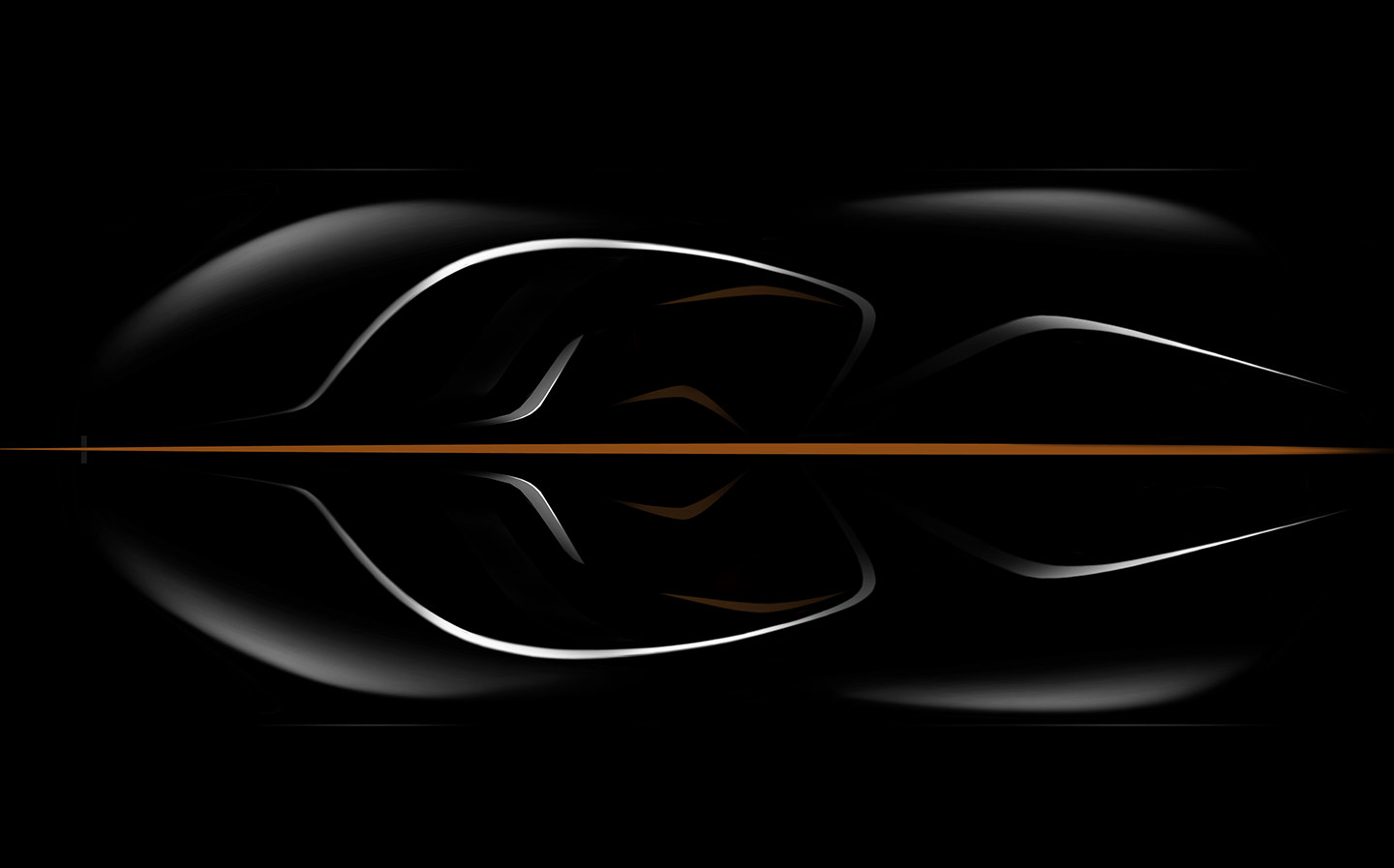New McLaren F1 three-seat supercar confirmed
The hybrid "hyper-GT" will be built more for comfort than for sheer speed
THE FAMED McLaren F1, launched in 1993 as arguably the world’s first hypercar, is to be reborn. Its Woking-based manufacturer confirmed today that it will launch a “hyper-GT” with the characteristic three-seat layout.
The car, codenamed BP23, standing for Bespoke Project 2 with three seats, will have a hybrid powertrain and be “one of the most powerful McLarens yet created”. Like the F1, and all current McLaren cars, BP23 will have “dihedral” doors, but for the first time they will be powered.
Whereas the F1 was built to be the fastest car in the world, the company says BP23 will deliver high levels of refinement and take three people on long journeys in comfort. This suggests it will not outperform the P1 hypercar.
View the McLarens for sale on driving.co.uk
The decision to fit three seats in a grand tourer — “hyper” or otherwise — is bound to attract comment, given that a central driving position forces the driver to climb in over one of the two other seats, which are set to the side and slightly behind. When interviewed about the P1 by Driving.co.uk, Frank Stephenson, McLaren’s chief designer, told us ease of entry was one of the main reasons the hypercar didn’t have a central driving position.
“We wanted the car, not necessarily as a daily driver, but one that you can feel very comfortable with,” he said, “and we know that for people in their fifties or whatever it’s not the easiest thing in the world [to climb into a central seat]. It’s OK to do once a week, but you don’t want to do it on a daily basis.
“Three people in a car? That doesn’t happen ever, does it?”
“It’s also nice when you pull up to a toll booth on a French motorway and you don’t have to stretch over.”
Stephenson added: “And three people in a car? That doesn’t happen ever, does it? One or two max in a sports car is more natural.”
A three-seater is also more expensive to produce than a standard two-seat sports car and requires different crash safety elements, which would make it heavier, according to Stephenson.
However, McLaren judged the F1 legacy enough to counter these concerns, and correctly, it turns out: the car maker says all 106 cars — also the number of F1s it built — are sold out.
The design work has begun and is being carried out by McLaren Special Operations (MSO), the department responsible for bespoke customer commissions. The company says owners will work alongside MSO to create their cars, being able to select colour, trim and other feaatures. Even the switchgear can be customised.
McLaren hopes to deliver the first examples of its hyper-GT in early 2019. It hasn’t confirmed pricing but reports suggest the car will cost around £2m.





